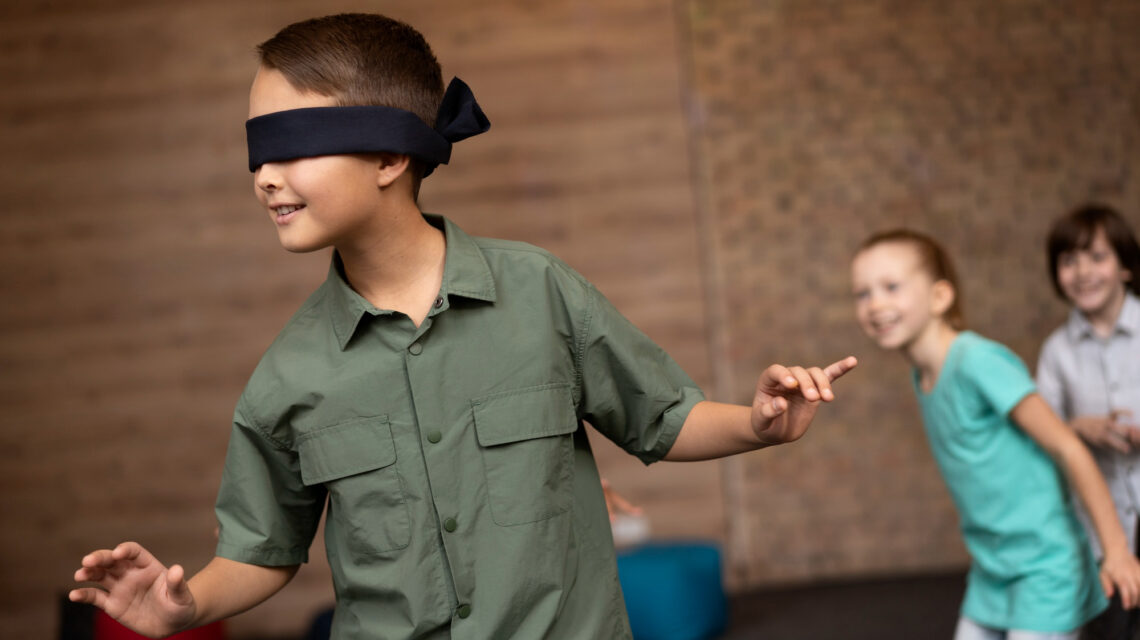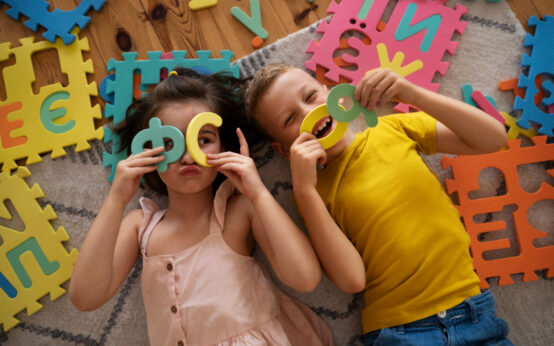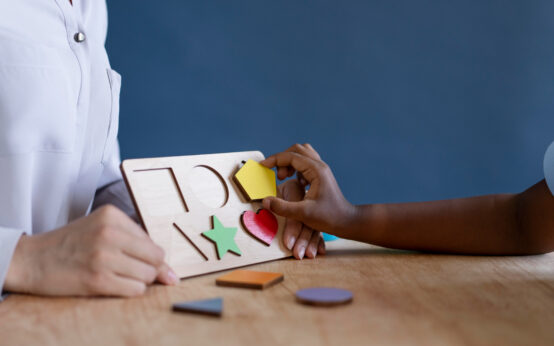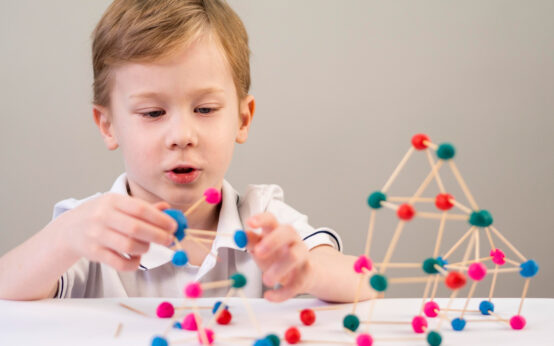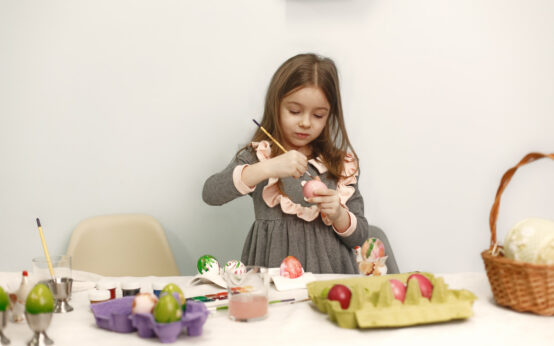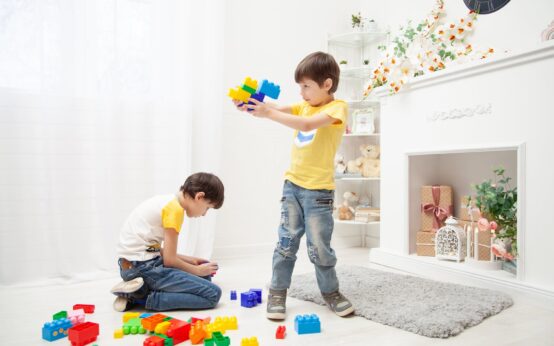Introduction
Engaging children with disability, autism, or additional needs in stimulating activities is crucial for their holistic development. “What’s That Sound?” is a delightful and inclusive activity designed to explore senses, enhance cognitive skills, and promote a sense of connection. In this article, we’ll delve into the benefits of this activity and provide guidance on adapting it to suit diverse abilities.
Unveiling the Wonders of ‘What’s That Sound?’
In this interactive activity, children wear a blindfold and engage in the intriguing challenge of guessing everyday objects based on the sounds they make. “What’s That Sound?” not only offers a fun and sensory experience but also contributes to the development of crucial skills for children with autism.
Learning Through Play
The activity serves as a tool for learning important skills such as turn-taking, focus, and attention. As children immerse themselves in the guessing game, they build cognitive abilities and foster a deeper understanding of the world around them. Additionally, the calming nature of the activity makes it an ideal choice for children facing various challenges.
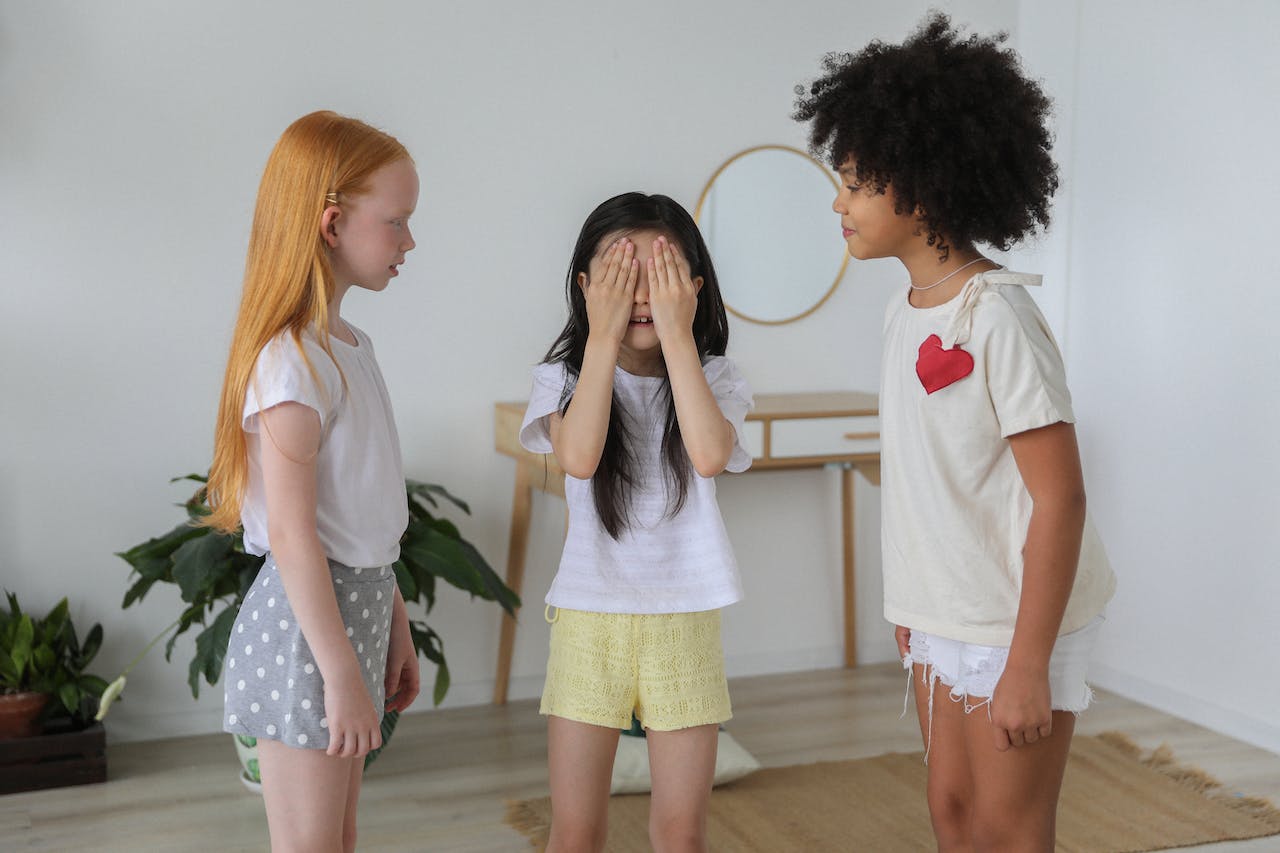
In the world of autism, each sensory activity is a bridge connecting a unique universe, where every touch, sound, and sight becomes a language of understanding, fostering growth and communication in the vibrant spectrum of possibility.
Dr. Kerry Magro
What You Need for ‘What’s That Sound?’
To set the stage for this sensory adventure, gather the following:
- A blindfold, scarf, or fabric for covering the player’s eyes, or a box for hiding objects.
- A variety of everyday objects that produce distinctive sounds, like keys, coins, newspaper, tongs, dried leaves, bells, or a hairbrush.
- Two participants, which can be a caregiver and the child, or the child and a friend.
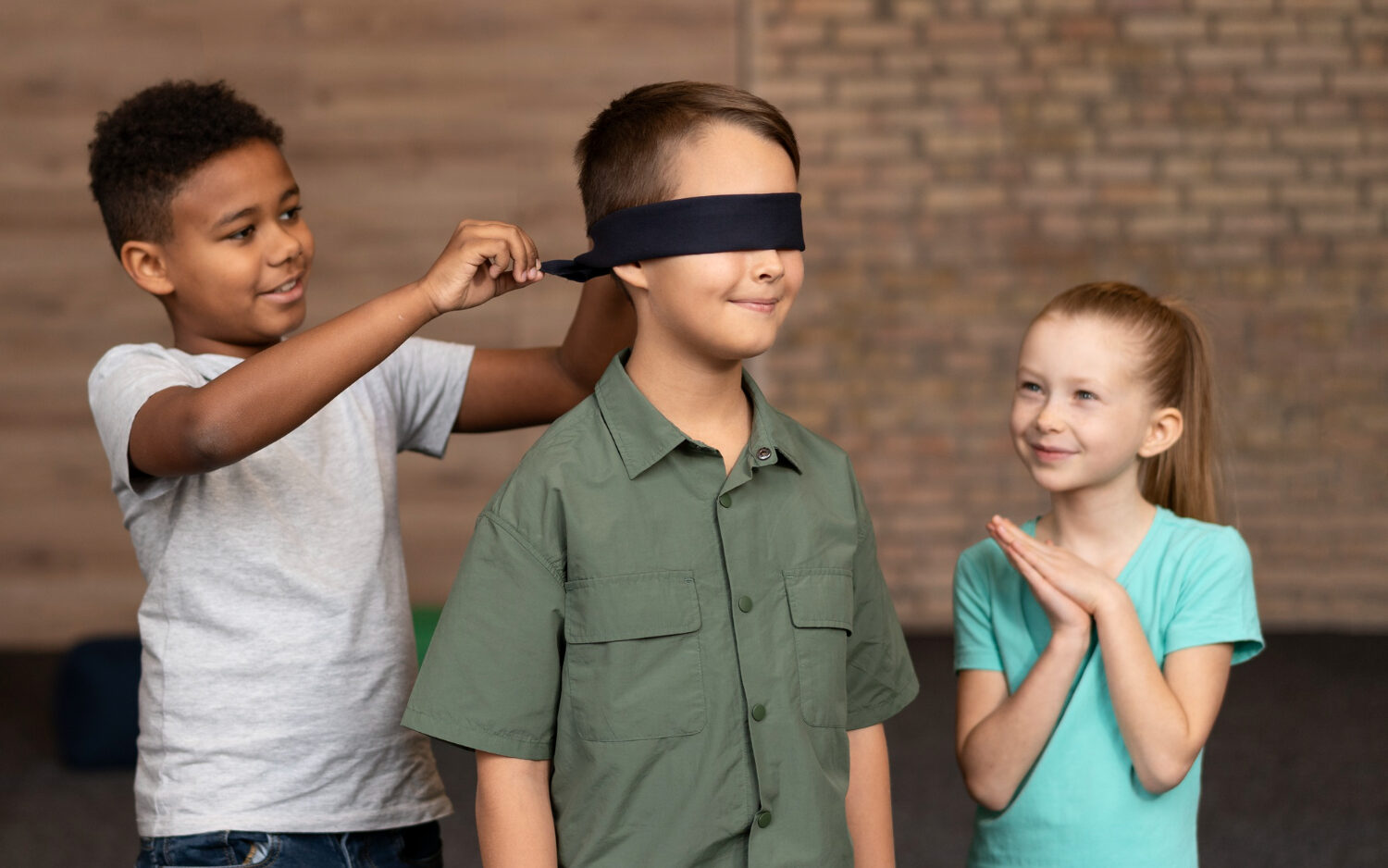
Ensure safety by avoiding small or breakable parts, and consider using Product Safety Australia’s Choke Check tool to identify potential hazards.
Playing ‘What’s That Sound?’
The game unfolds in a simple and engaging manner:
- Player 1 wears the blindfold.
- Player 2 presents one object at a time, making the sound and prompting Player 1 to guess.
- Player 1 has three guesses before the object is revealed.
- Rotate roles to keep the interaction dynamic.
- Maintain a moderate volume to ensure comfort, avoiding loud or close sounds.
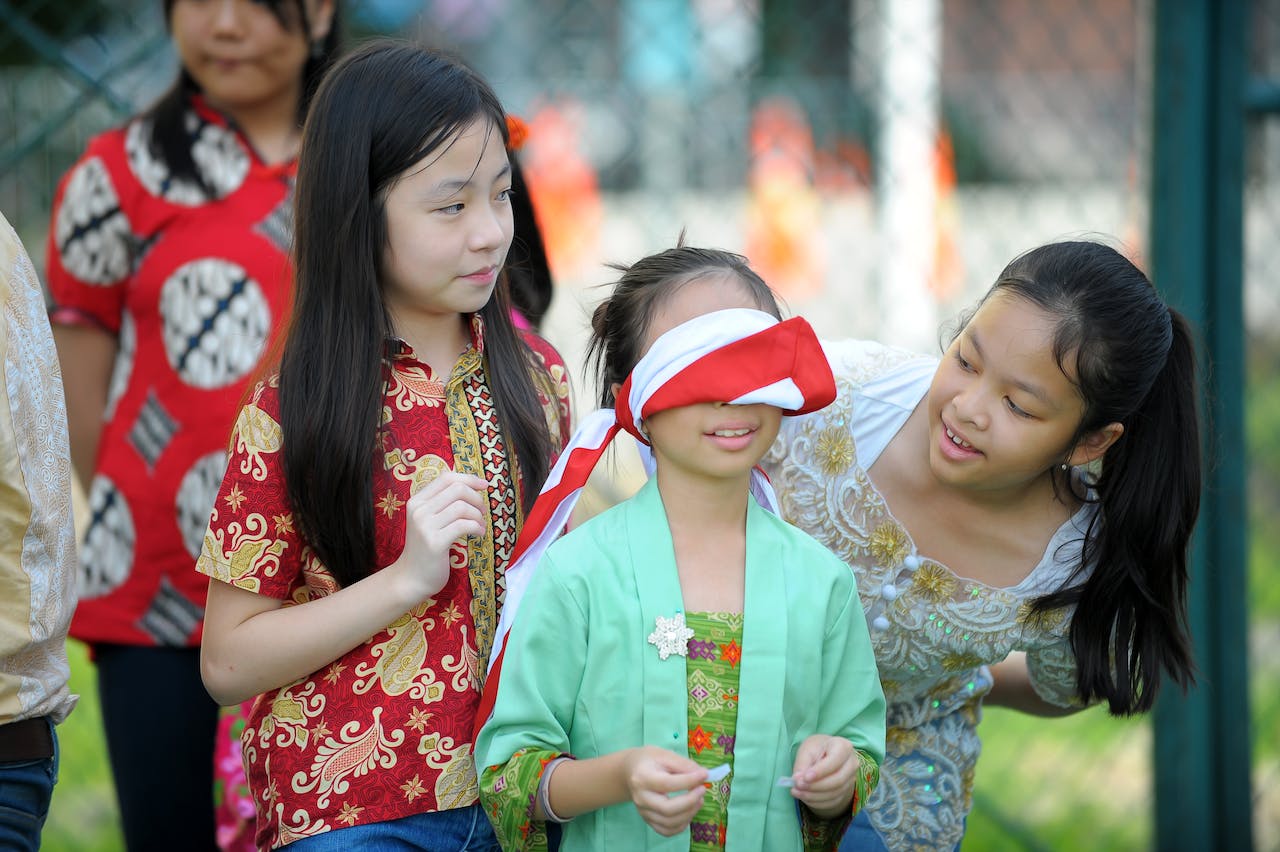
Consider using a box to hide objects if a blindfold isn’t suitable, ensuring the player can’t see the objects being played.
Adapting for Diverse Abilities
Tailor the activity to accommodate diverse abilities:
- For deaf children, shift the focus to other senses, such as taste, touch, or smell, for a guessing challenge.
- Help children with memory challenges by starting with familiar objects and gradually introducing less familiar ones.
- Incorporate multiple senses by allowing the child to touch or feel the object after hearing the sound.
- Address fine motor skill difficulties by using larger objects and providing extra time for setup. Assist with making sounds or involve another person in the guessing process.
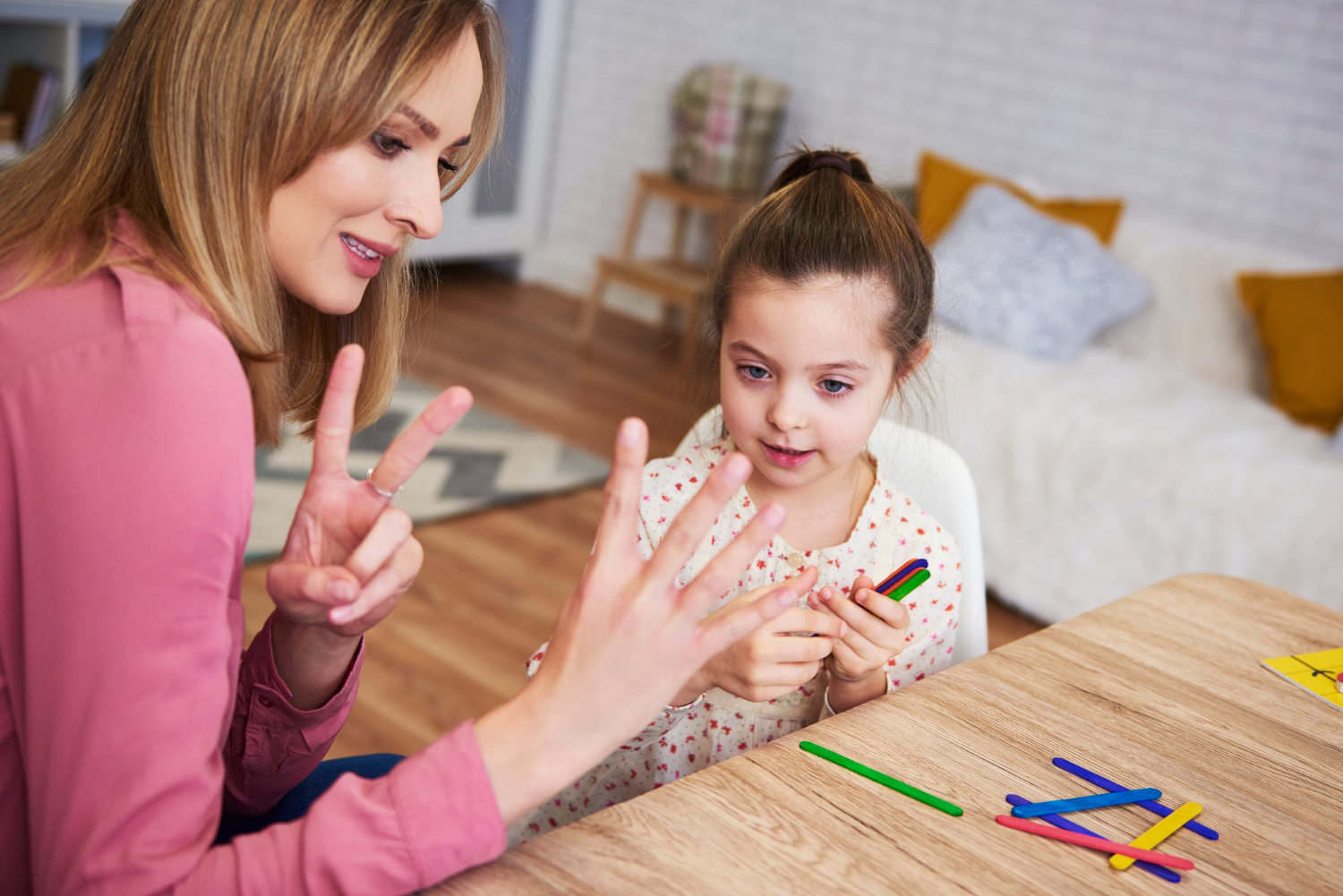
Conclusion
‘What’s That Sound?’ transcends a mere guessing game; it becomes a gateway to sensory exploration, skill development, and inclusive play for children with autism. Embrace the versatility of this activity and witness the joy it brings to children as they embark on a sensory journey filled with discovery and connection.
Source
- Smith, J. (2020). “Engaging Children with Disabilities in Stimulating Activities.” Journal of Inclusive Education, 12(3), 45-58.
- Magro, K. (2019). “Exploring the Benefits of Sensory Activities for Children with Autism.” Autism Spectrum Quarterly, 7(2), 22-28.
- American Academy of Pediatrics. (2018). “Promoting the Participation of Children With Disabilities in Sports, Recreation, and Physical Activities.” Pediatrics, 141(5), e20182169.
- Jones, Lindsey. (2016). “The Importance of Inclusive Play for Children with Autism.” Play & Playground Magazine, 6(2), 20-24.
